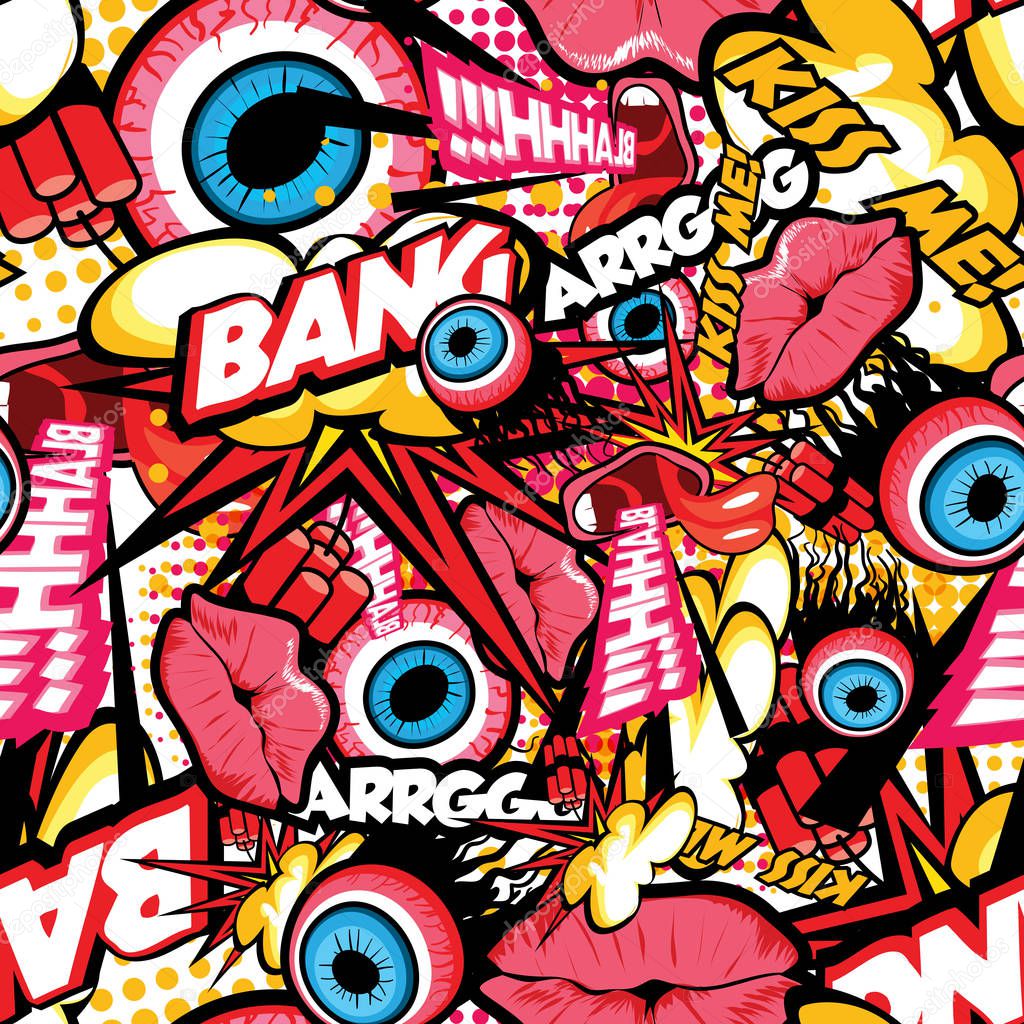
First, we'll get points and tangents for every line segment from the pixels. Let's split our vectorization into two parts. It looks like we have enough parts to assemble an algorithm. And the ones that come from vertically oriented segments, will have dy > 0. Return pixel_in(pixels, i, pixels.length-1) Return pixel_in(pixels, pixels.length-1, j) The value is the linear sum of the four neighboring values. But this simply turns it back into a table.Ī little more advanced is the bilinear interpolation. The simplest case would be the nearest neighbor interpolation, where for every point on an image, the value is the value from the nearest pixel's center. Let's say we only know the values in the centers of the pixels, and we have to guess the values between them somehow. Let's say our image is not a table of values. And for that, we have to make our image less cornery. Well, it's simple, but it's not what we wanted. Let's just agree on some threshold, and mark the contour of all the pixels that have the values exceeding this threshold.

Technically, we can already turn it into vectors rather easily. Our image will be a simple gray-scale bitmap. Channels may be represented by integers or floating-point values. Apart from the colors of the visible specter they may contain ultra-violet and infra-red luminosity. Satellite images may have a lot of channels. It's not a color really since the values come from invisible X-ray radiation, but they are called gray values nevertheless. Medical images, such as obtained from computed tomography, are usually the tables of 12-bit or 16-bit integers. Color pixels are the triplets of 8-bit integer values where each value represents an amount of red, green, and blue color. If it's a full-color RGB, then it's a table of color pixels. At the very least, it makes learning about all these things a little more compelling.Ī raster image is essentially a rectangular table of things. It shows how things like bilinear interpolation, gradient descent, and parametric splines work together to solve a real-world problem.
Vectorize image plus#
On the plus side, it illustrates the approach rather well. It's a basic vectorization technique which, in its original form, has little to none applications in the industry. The algorithm I'm going to show you has nothing to do with all these things. Or if you want to reissue an old game and you don't want to redraw all the artwork from scratch. Or if you want to scan some blueprint and turn it into a CAD model. It's especially useful when you want to turn a satellite photo into a map. Vectorization is when you take some minecraft-style raster image and make a crisp vector picture out of it. There might be some touch-ups.This is Words and Buttons Online - a collection of interactive #tutorials, #demos, and #quizzes about #mathematics, #algorithms and #programming. Leave all the parameters as they are, and click apply.Under the single scan option in the Trace bitmap tab, use autotrace as the tracing method.


Open the Trace Bitmap menu by navigating to Path>Trace Bitmap ( Shift+Alt+B).Import the raster image you want to trace.Steps to Vectorize an image (basic Trace Bitmap) In Inkscape, the tool that is used for vectorizing images is called Trace Bitmap, and the overall operation is called tracing images, or image tracing.
Vectorize image how to#
In this article we are going to explore how to vectorize (raster) images in Inkscape, also we will be building the vocabulary that is necessary for understanding the tool we are explaining.
The digital world has been always displayed to us in a discrete way, in terms of 0’s and 1’s, bytes or pixels so, raster images were so popular (and still) because of their discrete nature, yet when vector images appeared on the stage, they really took the lights, vectors are different from rasters in their underlying mechanisms, where under the hood vectors are mathematical descriptions of paths and objects.


 0 kommentar(er)
0 kommentar(er)
